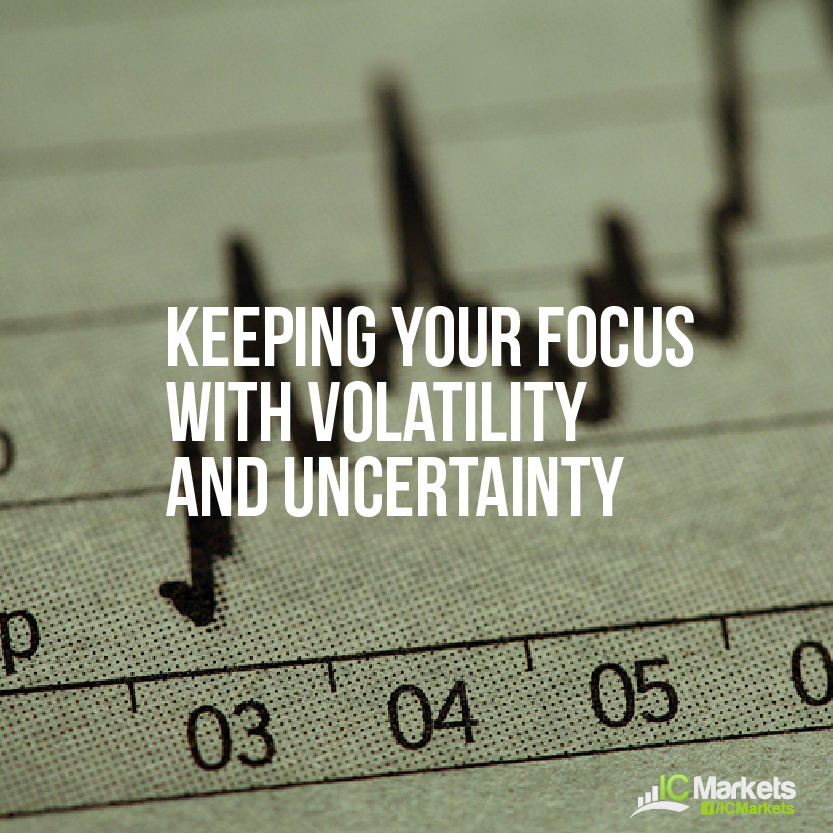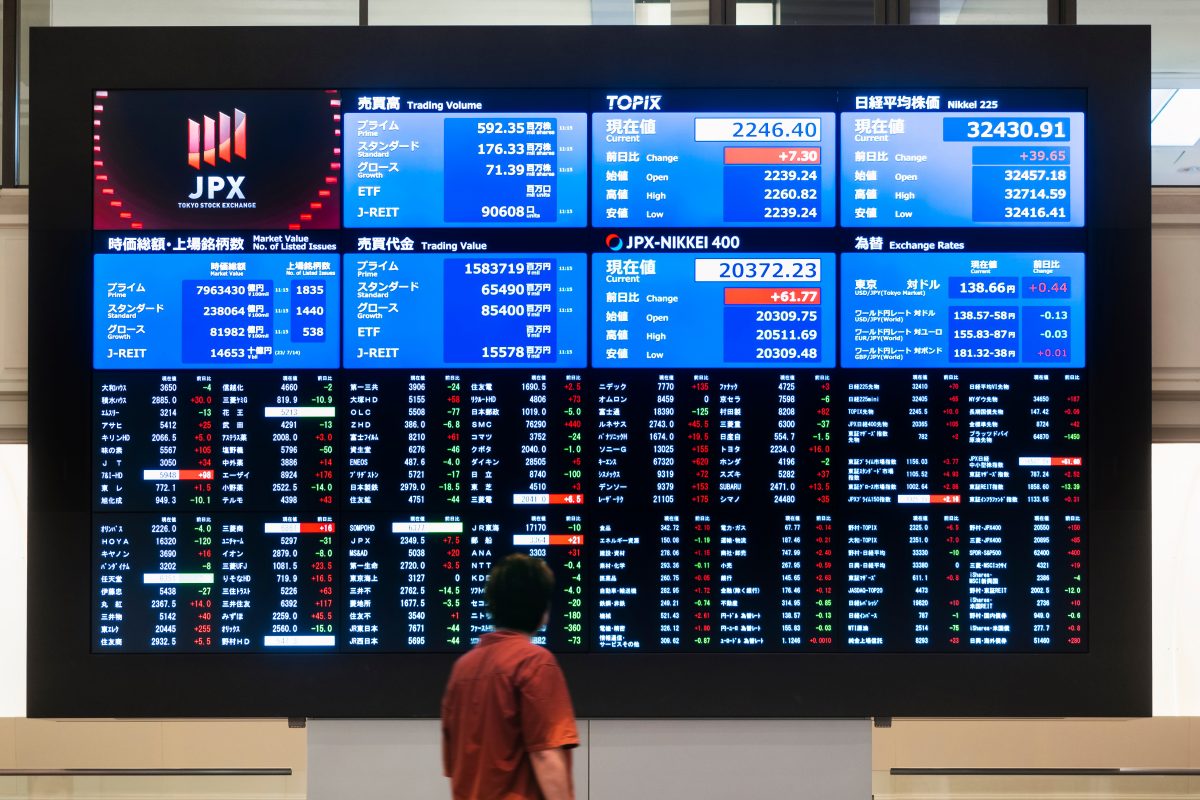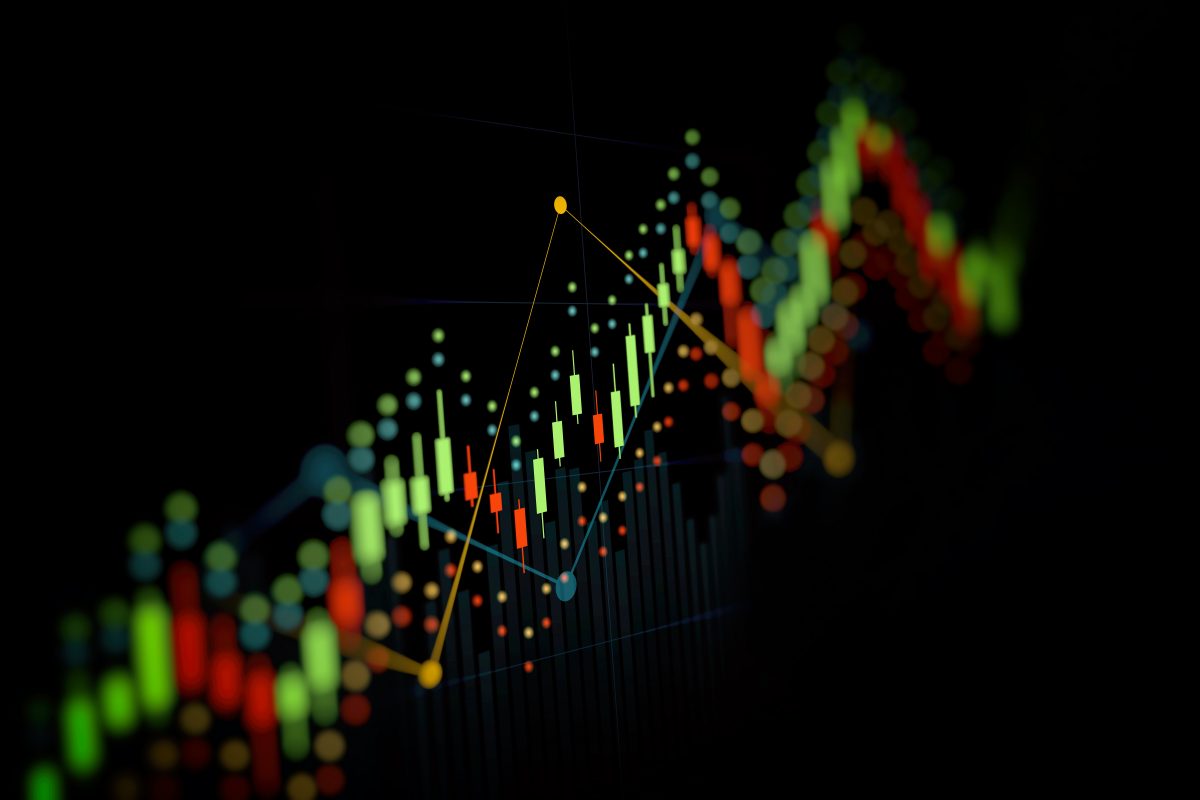Some say that the only thing certain in the forex market is uncertainty. While there are ways to predict more probable price movements, there will always be that element of surprise from time to time, as unforeseen events or shifting market dynamics could play a larger role in determining forex action.
These kinds of market changes or surprises could result in a few losing trades every now and then, yet traders who are aiming for long-run profitability know that having an edge in the markets and going for high-probability setups could still lead to consistent gains. Traders who haven’t properly developed their trading psychology or mindset might wind up getting frustrated when they can’t seem to understand how the market is behaving and wind up getting more losing trades.
What’s important is that you are able to develop a trading process or strategy that can allow you to stay flexible and on top of your game even when market dynamics are changing. Bear in mind that seasonality can also come into play and affect forex movements, which means that your trade plan should be able to adapt to these situations.
In particular, liquidity starts to decline during summer months, which means that trends are weaker and that most forex pairs might stay in range. If you make use of a trend-following system, you might not be able to catch as many signals or profitable setups during this period. Instead of abandoning your system entirely, you can focus on figuring out what you can adjust in your trade plan during periods of low liquidity and ranging market behavior.
As for unprecedented market factors, perhaps the best way to deal with losing a trade from a “black swan” event is to understand whether it affects the bigger picture or if it is just a one-off event. In doing so, you can be able to figure out if you should adjust your biases or risk preferences in order to take the event into account. Being too stubborn and discarding the future market impact of the event might prove to be costly if you are unable to make the proper trading adjustments for it.
For instance, geopolitical risks can sometimes lead to sharp price spikes that can wipe you out of a trade in an instant. Even if you wind up with a losing trade from this, you don’t have to sit on the sidelines until the risks fade completely. Instead, you can weigh in on how these risks affect overall market sentiment and take trade setups based on this prediction.
Keep in mind that each trade setup is statistically independent and that you can be able to shake off any losses if you regain focus and figure out how you can improve your analysis and performance. Always remember that, even if you are not in control of market factors, you are still in control of which trade setups you choose to take and your risk per trade.






